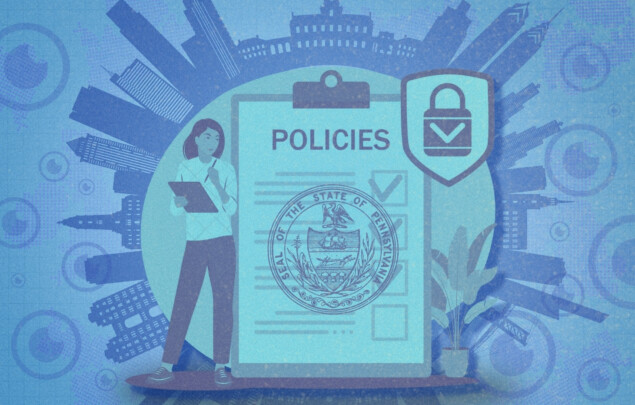In today’s digitally connected world, where information flows freely and technology underpins nearly every aspect of our lives, it has become essential to establish guidelines that govern the proper and responsible use of technology and resources. One such critical document is the Acceptable Use Policy (AUP). An Acceptable Use Policy is a set of rules and guidelines that outlines the permissible and prohibited uses of an organization’s information technology (IT) resources. It serves as a framework for maintaining a safe, secure, and productive technology environment while promoting responsible and ethical behavior.
What is an Acceptable Use Policy?
An Acceptable Use Policy, often referred to as an AUP, is a written document that clearly defines the terms and conditions under which an individual or entity is allowed to use an organization’s IT infrastructure, networks, systems, software, and digital resources. It is not limited to businesses but is also implemented in educational institutions, government agencies, and other organizations where technology is central to operations.
Key Components
- Purpose and Scope: The AUP should begin by outlining its purpose and scope. It should clearly state the goals of the policy, such as ensuring the security of information, protecting sensitive data, and preventing misuse of resources.
- Authorized Users: Specify who is authorized to use the organization’s IT resources covered by the AUP. This can include employees, contractors, clients, or any other relevant parties.
- Permitted Uses: Detail the legitimate and approved ways in which IT resources can be used. This could include work-related tasks, research, communication, and other activities directly aligned with the organization’s objectives.
- Prohibited Activities: Enumerate the activities that are strictly forbidden, such as unauthorized access, hacking, distribution of malicious software, harassment, copyright infringement, and any other actions that could compromise the organization’s security or integrity.
- Data Security: Emphasize the importance of safeguarding sensitive data, including personal information, proprietary information, and confidential documents. Specify encryption standards, password requirements, and guidelines for data storage and sharing.
- Network Usage: Address network usage policies, including bandwidth constraints, the use of peer-to-peer file sharing, and restrictions on streaming services that may impact network performance.
- Consequences of Violations: Clearly outline the consequences of violating the AUP, which may range from warnings and temporary suspension of privileges to termination of access or legal action in severe cases.
- Monitoring and Enforcement: Explain how the organization will monitor and enforce the AUP. This might include regular audits, network monitoring, and incident response procedures.
- Policy Review and Updates: Specify how the AUP will be reviewed and updated over time to stay current with evolving technologies and potential threats.
Importance
An AUP serves several crucial purposes:
- Security: By defining acceptable and unacceptable behaviors, an AUP helps protect an organization’s IT infrastructure and sensitive data from threats and breaches.
- Productivity: Clear guidelines prevent time-wasting activities and ensure that employees or users focus on tasks that contribute to the organization’s goals.
- Ethical Use: An AUP reinforces ethical standards and responsible digital citizenship, promoting respectful and lawful behavior online.
- Legal Compliance: Many industries are subject to regulatory requirements regarding data protection, privacy, and information security. An AUP helps organizations remain compliant with these regulations.
Conclusion
In an era where technology is deeply integrated into our daily lives, an Acceptable Use Policy plays a pivotal role in maintaining a secure, productive, and ethical digital environment. By establishing rules and guidelines for the responsible use of IT resources, organizations can ensure the safety of their data, foster a culture of respect, and empower their users to leverage technology effectively while staying within ethical and legal boundaries.

